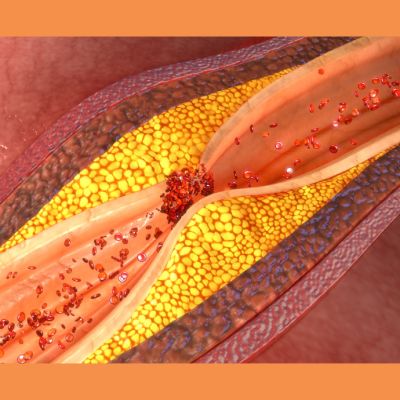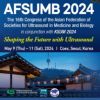Thank you to our Editor-in-Chief, Imaging, Prof. Lluís Donoso Bach, our Editorial Board, Imaging for their good advice and great ideas, and our authors and contributors for their thoughtful and insightful contributions. We look forward to bringing you more on innovation, cross-collaboration and best practice in 2017.
Read on to find out just some of our most popular stories in Imaging Highlights and in HealthManagement.org The Journal in 2016.
Most Read in Imaging Highlights
13 Leadership Characteristics to Avoid in Radiology
13 habits and characteristics of new leaders that would lead them to address situations in both ineffective and counterproductive ways, thus impeding the performance of a radiology department.
Tomosynthesis - Mammography of the Future?
The National Comprehensive Cancer Network (NCCN) recommends considering tomosynthesis as part of annual breast cancer screening in both average and increased risk women.
9 Ways to Prevent Doctor Burnout
Mayo Clinic has released a paper suggesting nine economical strategies it has implemented to tackle the critical problem of burnout at an institutional level.
Radiologists Can Detect Breast Cancer in 'Blink of an Eye'
A study conducted by investigators at Brigham and Women's Hospital, the University of York in the UK and MD Andersen Cancer Center in Texas tested the ability of experienced radiologists' to sense when a mammogram is abnormal.
Using Sugar to Detect Cancer, a Game Changer
Early detection of cancer, usually through advanced medical imaging, is crucial as it increases the chances of survival and the potential for full recovery and the EU-funded GLINT project will develop a ground-breaking new technology which allows for less invasive, more accurate and earlier diagnosis.
How Often Should You Have a Mammogram?
Researchers from the Cancer Intervention and Surveillance Modeling Network collaborated with the Breast Cancer Surveillance Consortium (BCSC) to model the benefits and harms of different screening intervals for mammography among subgroups of women on age, breast, cancer risk and breast density.
MRI-Guided Ultrasound to Treat Tremor Gets OK From FDA
The U.S. Food and Drug Administration (FDA) has given the green light to a focused ultrasound device that uses magnetic resonance (MR) images taken during the procedure to treat essential tremor in patients who have not responded to medication.
Radiation and DNA Damage
Researchers from the Wellcome Trust Sanger Institute and their collaborators have identified two characteristic patterns of DNA damage in human cancers that are caused by ionising radiation.
Are fMRI Analyses Not To Be Trusted?
Researchers in Sweden and the U.K. have shown that common statistical methods to analyse brain activity through images taken with MRI scanners had a twelve times higher rate of false results than normal.
RSNA Report: Imaging Zika Virus
The Radiological Society of North American (RSNA) has released a report that details the spectrum of imaging findings in babies and fetuses infected with the Zika virus. The report is published in Radiology.
Highly Read in HealthManagement.org The Journal
European Radiology: Interview with Professor Lluís Donoso BachOrpheus Kolokythas, René Patzwahl, Matus Straka, Christoph Binkert - SOCRATES: An Electronic Evaluation System to Advance Medical Trainees
Big Drama on IT security
Informatics Drives Radiology Today: Interview with Professor Hassan A. Gharbi
Wendie Berg - Breast Density and Choosing Optimal Breast Screening
Valentin Sinitsyn, Mei Wa Kwong - The Future of Telemedicine: Two Perspectives
Mammography is the Most Proven Screening Method: Interview with Professor Gábor Forrai, President, European Society of Breast Imaging
Muir Gray - Value-Based Healthcare Revolution Ahead
Ashley Matlz, Pamela Wible - Day of Solidarity to Prevent Suicide
Image credit: Pixabay
Latest Articles
Imaging, management
Most Read 2016 Imaging Stories























